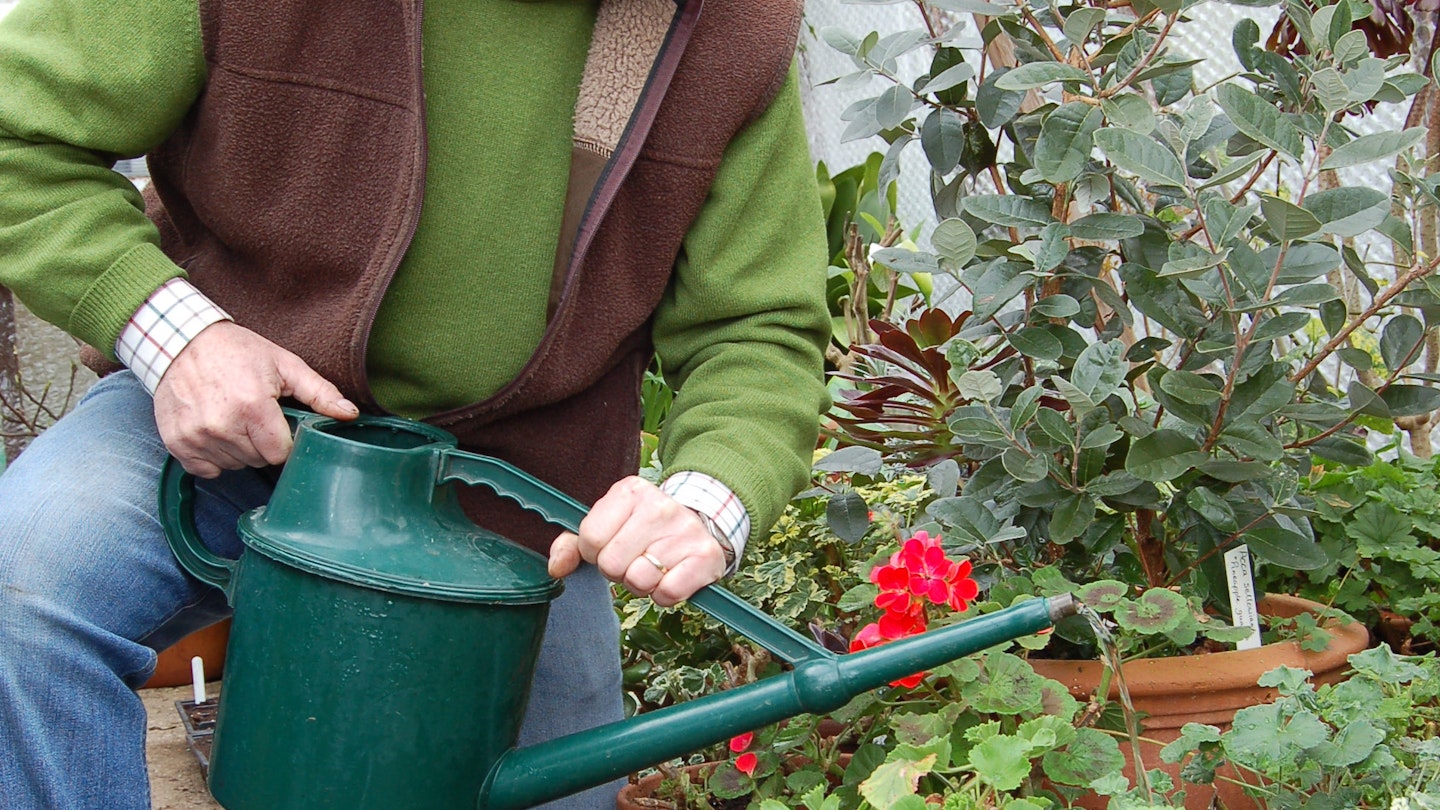Growing in a greenhouse has many advantages as it provides a perfect, protected environment for many plants to thrive.
But the flipside is that these conditions also create ideal conditions for many pests - and if they are not controlled they can cause a great deal of damage to plants.
The secret when dealing with any pest is to control it before it becomes a problem and gets too established.
One method is to use biological controls which are increasingly popular with home gardeners. There is now a good range of predatory mites, parasitic wasps, midges and nematodes that will control specific greenhouse pests such as glasshouse whitefly, red spider mite, mealy bugs, scale insect, thrips, aphids, vine weevils and slugs.
For biological controls to work, the pests need to be active on the plants and the normal time to use them is between April and the end of September when the temperatures are warmer.
Biological controls are normally bought mail order from companies such as Agralan, Green Gardener and the Organic Gardening Catalogue. Once it is introduced to the greenhouse, then watering, feeding and ventilation are done as normal.
It can take a few weeks for the introduced predators to start working, so be patient and under no circumstances spray an insecticide as it will kill the biological control.
Top Tips
As the temperatures rise in the greenhouse check plants for signs of pests - once you have identified them you can order the biological control.
Nematodes for controlling vine weevils and slugs have a shelf life of several weeks and need refrigerating until you are ready to use them.
To apply nematodes, mix the dry contents with water as instructed and water the solution on to the surface of the compost.
Other types of biological control are often supplied on small cards that are hung in the plant or the contents can be scattered into the leaves.
